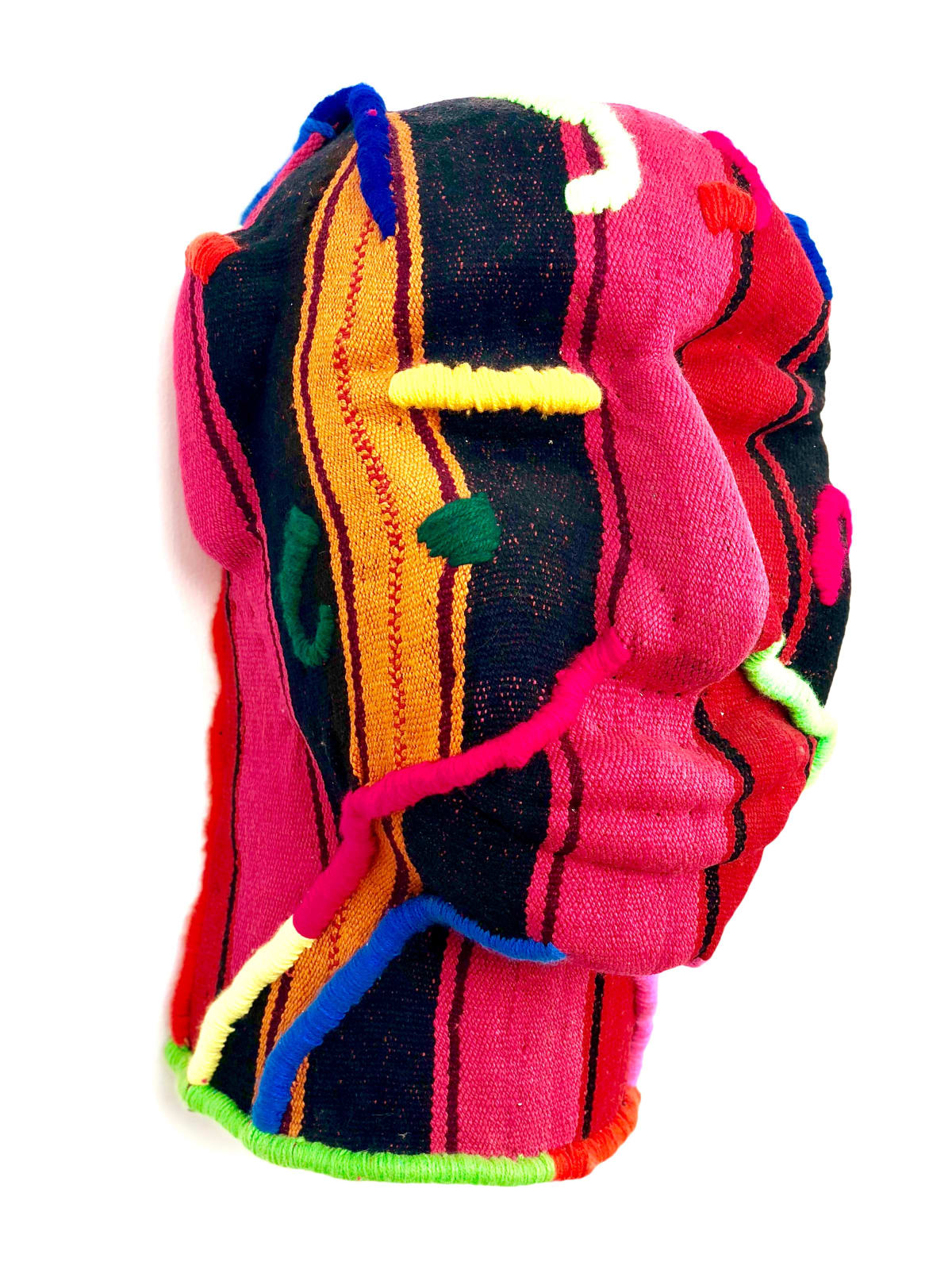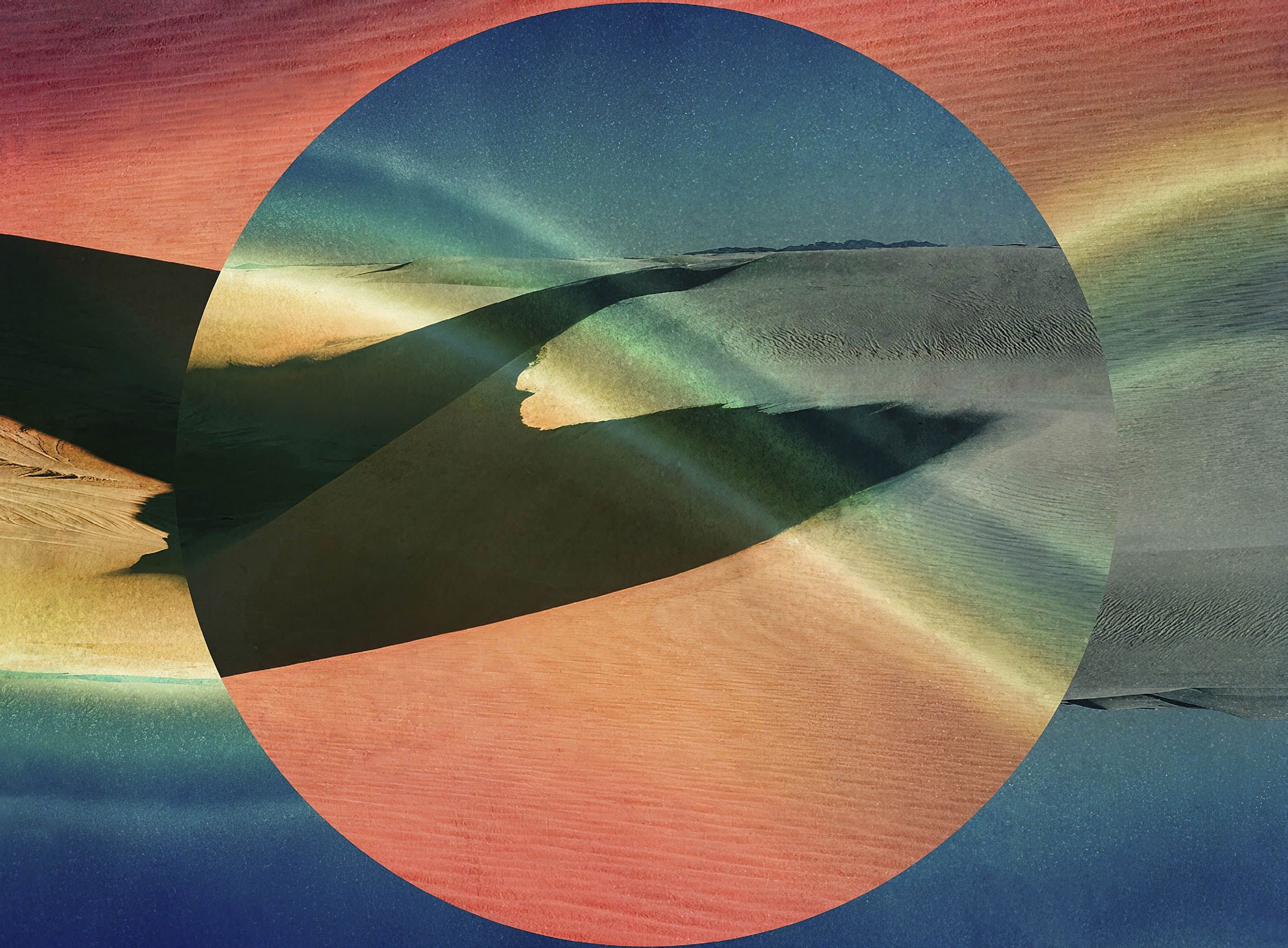Gaston Ugalde
Chaman Heads Series
Textiles, Patchwork and Weavings
Variable Dimensions
The Chaman Head series started in in the nineties after returning from a trip in the amazon where he spent time with men and women of knowledge in the most...
The Chaman Head series started in in the nineties after
returning from a trip in the amazon where he spent time
with men and women of knowledge in the most remote
areas of Bolivia.
An avid textile collector, he brought the andes and the
amazon together in his soft sculptures. He makes
allusion to the power of Andean textiles and combines it
with the wisdom of ancient amazonian practices and his
views on it.
It is through music and healing powers that Chamans
know how to massage the emotional, physical, mental
and spiritual bodies and bring well-being to people's
lives. The sculptures convey some of that well being and
happiness notwithstanding its amorphous shapes and
forms.
Textiles have always been present in his work starting in
the seventies in his installation work and later in the
nineties such as the case of his iconic piece “Marcha por
la Vida” which is a patchwork of hundreds of weavings
stitched together forming a sea of geometry and color.
The work was originally presented as part of a
performance piece during one of the largest social
protests in the Americas after which it takes its name.
returning from a trip in the amazon where he spent time
with men and women of knowledge in the most remote
areas of Bolivia.
An avid textile collector, he brought the andes and the
amazon together in his soft sculptures. He makes
allusion to the power of Andean textiles and combines it
with the wisdom of ancient amazonian practices and his
views on it.
It is through music and healing powers that Chamans
know how to massage the emotional, physical, mental
and spiritual bodies and bring well-being to people's
lives. The sculptures convey some of that well being and
happiness notwithstanding its amorphous shapes and
forms.
Textiles have always been present in his work starting in
the seventies in his installation work and later in the
nineties such as the case of his iconic piece “Marcha por
la Vida” which is a patchwork of hundreds of weavings
stitched together forming a sea of geometry and color.
The work was originally presented as part of a
performance piece during one of the largest social
protests in the Americas after which it takes its name.




